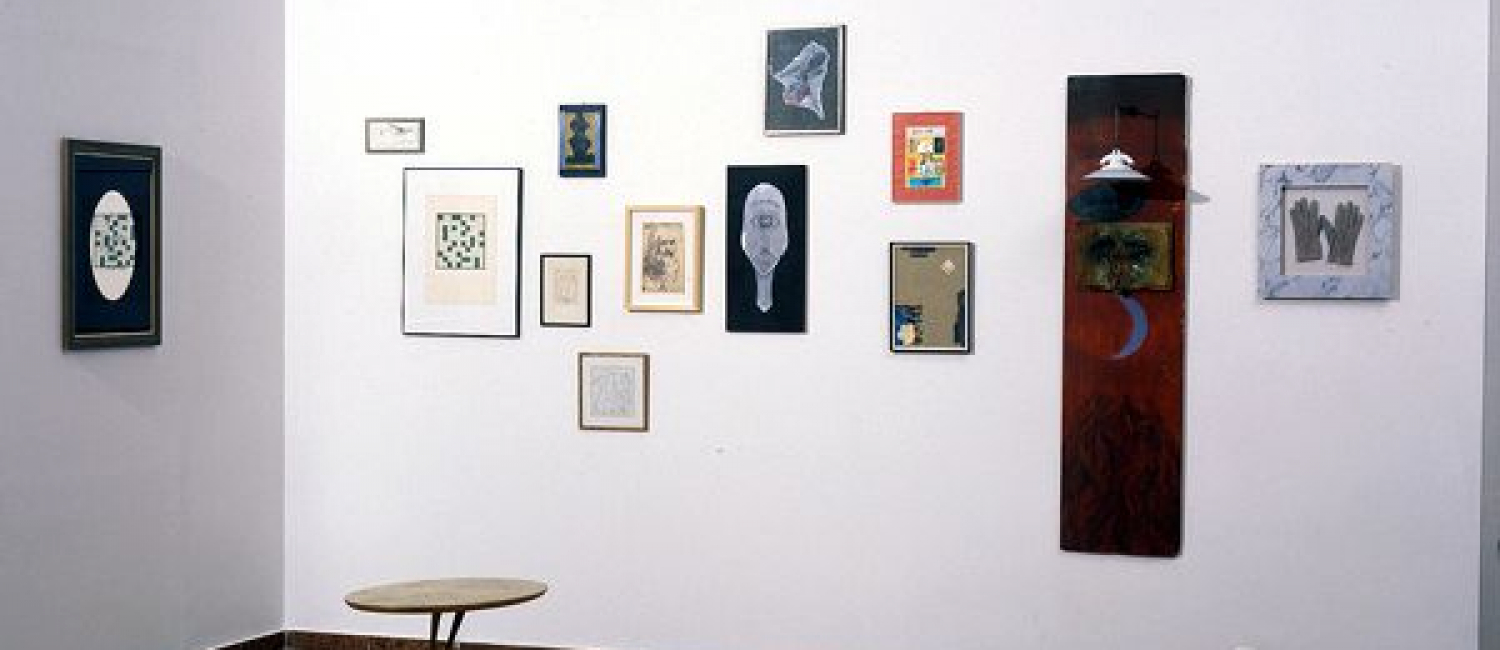The exhibition, 'Meret Oppenheim meets Man Ray,’ presents the works of two artists of great influence on 20th century art. Meret Oppenheim (1913 Berlin –1985 Basel) and Man Ray (1890 Philadelphia –1976 Paris) met in 1933 at the centre of art life, in Paris. Man Ray created one of his most famous photo-series at that time, The young Meret Oppenheim at the printing-press in a Paris studio. These are the key-works of the present exhibition, as well as the origins of the title.
American artist Man Ray appeared in the Paris circle of Dadaists, Surrealists and Futurists of the twenties as a many-sided talent. He was simultaneously a painter, photographer, object- and filmmaker. As the most popular photographer of his time, he worked for the fashion magazines Vogue and Harper’s Bazaar, and photographed women of legendary beauty and important artists of the century. He was the forerunner of many new inventions in art and soon became world famous.
Meret Oppenheim is one of the most extraordinary female artists of the 20th century. Despite the fact that her works cannot be regarded as examples of the same style, her activity is mostly related to the Surrealist movement. She was quickly appreciated by the Paris Surrealists’ circle (such as Max Ernst, Marcel Duchamp, André Breton, Francis Picabia) via her notorious Fur Tea-Cup of 1936. This object became identical not only to Meret Oppenheim but to the whole movement of Surrealism.
Both Meret Oppenheim and Man Ray deliberately used different materials and put the objects of everyday life into a new, artistic context by means of alienation. Versatility and intellectual independence are common characteristics of both of them. This exhibition of approximately 150 artworks does not cover any paintings, but rather concentrates on Man Ray’s Surrealist objects, Dadaist collages, assemblages, drawings and photographs. A great majority of the exhibition consists of Meret Oppenheim’s drawings, projects, objects and sculptures from all periods of her activity.
The exhibition, selected by Kunsthalle Darmstadt and Galerie Levy in Hamburg, arrives in Budapest after exhibitions in Darmstadt, Rotterdam and Wilhelmshaven.
The exhibition was supported by Pro Helvetia and the Ludwig Foundation in Hungary.

